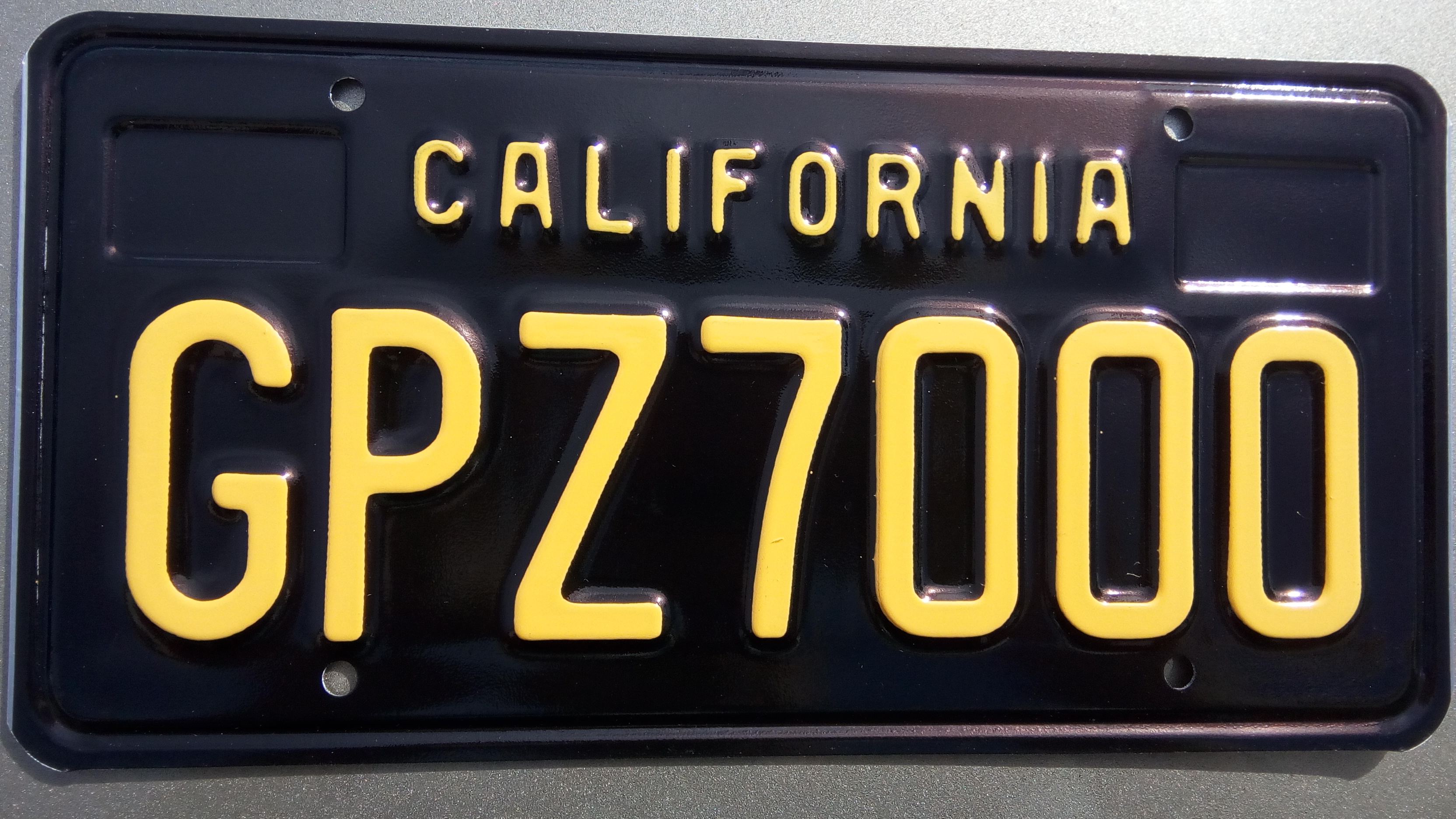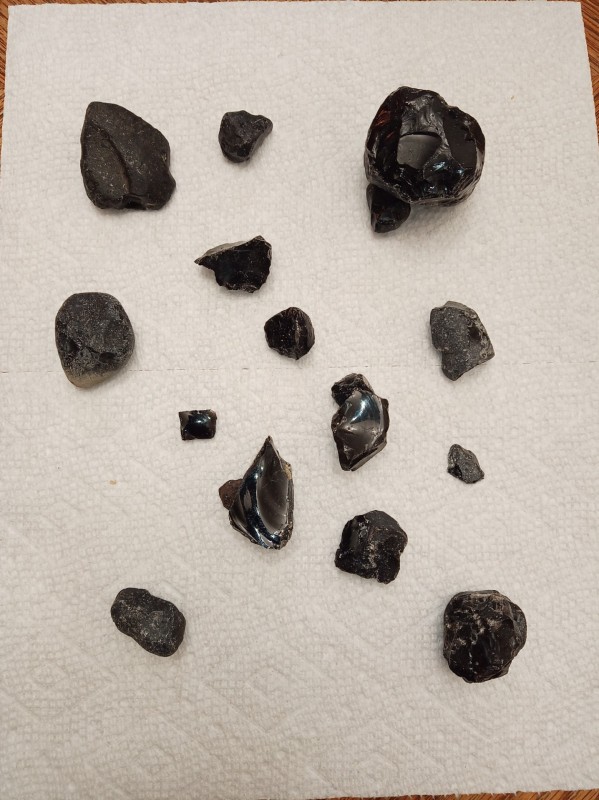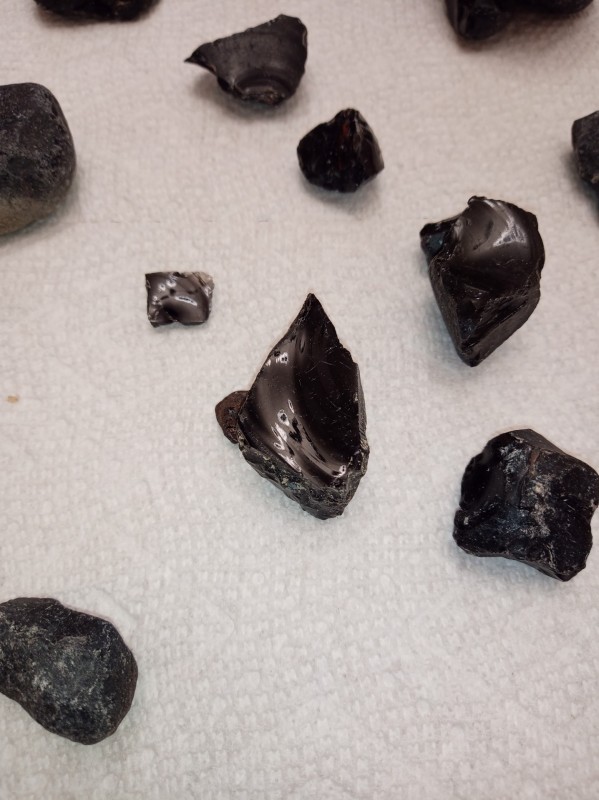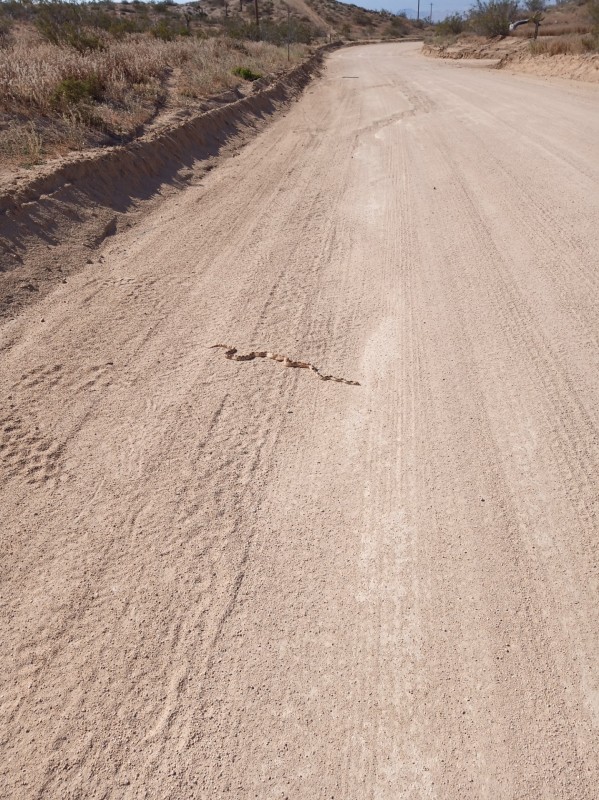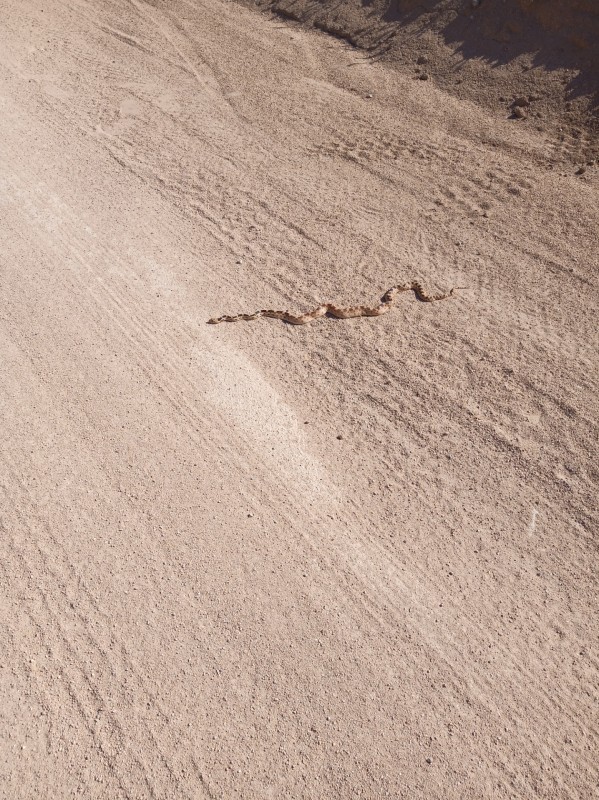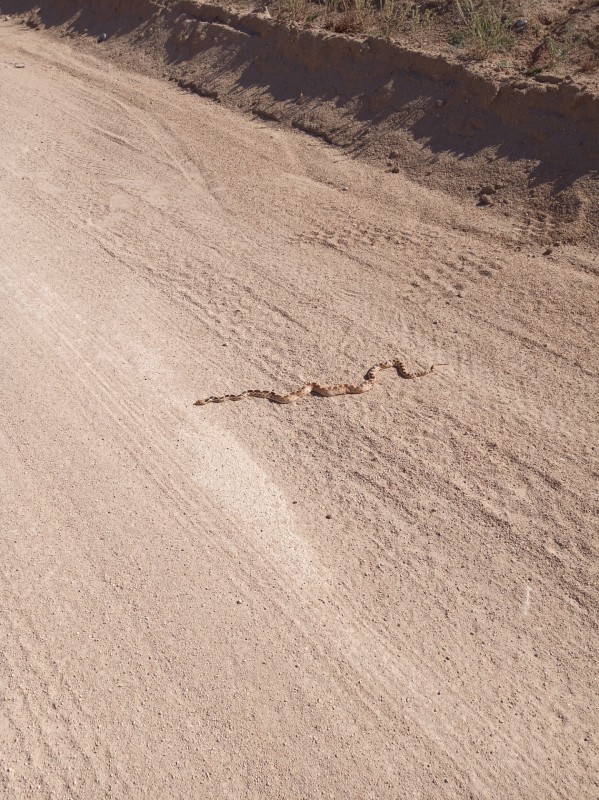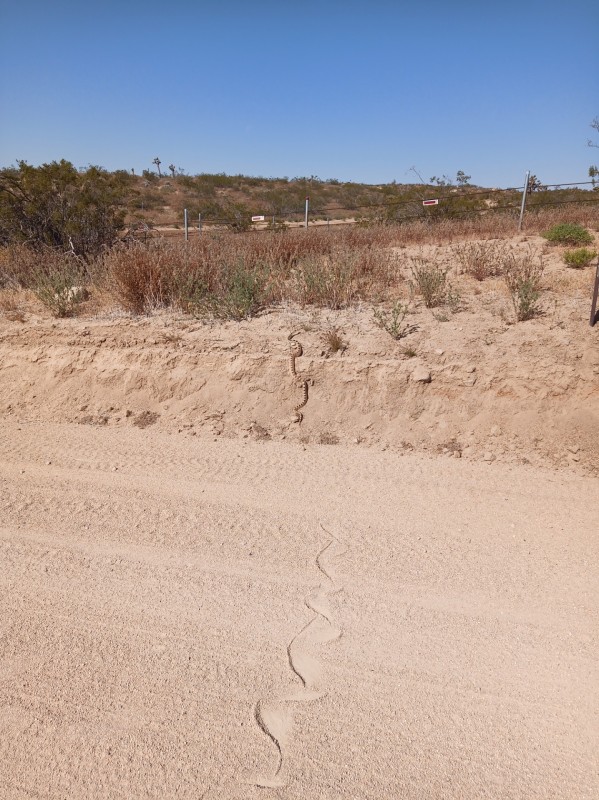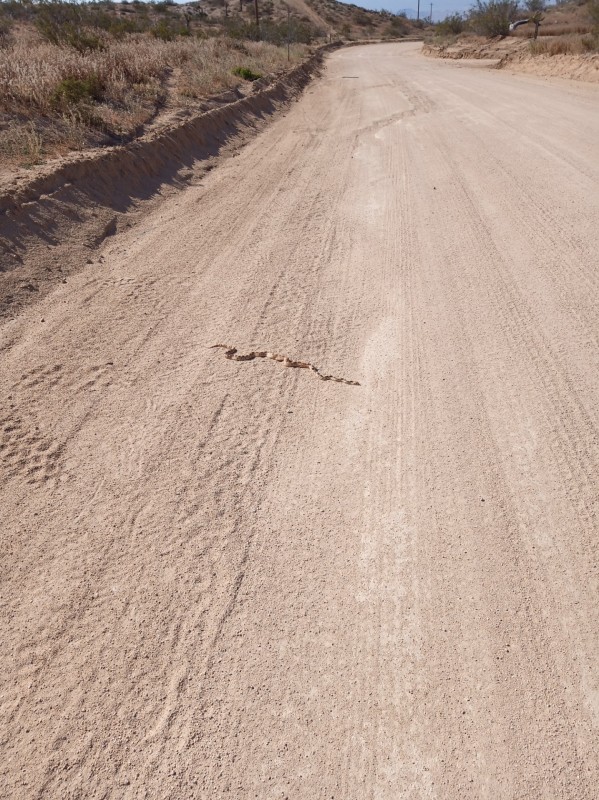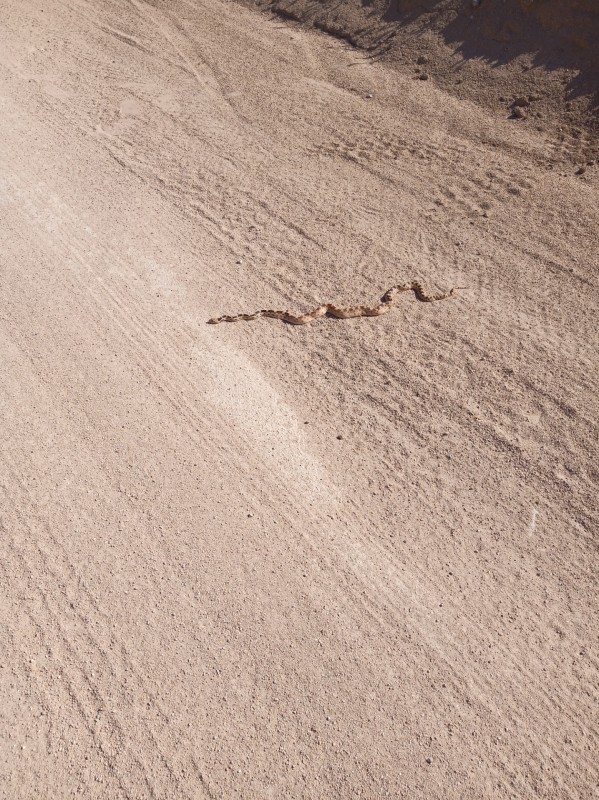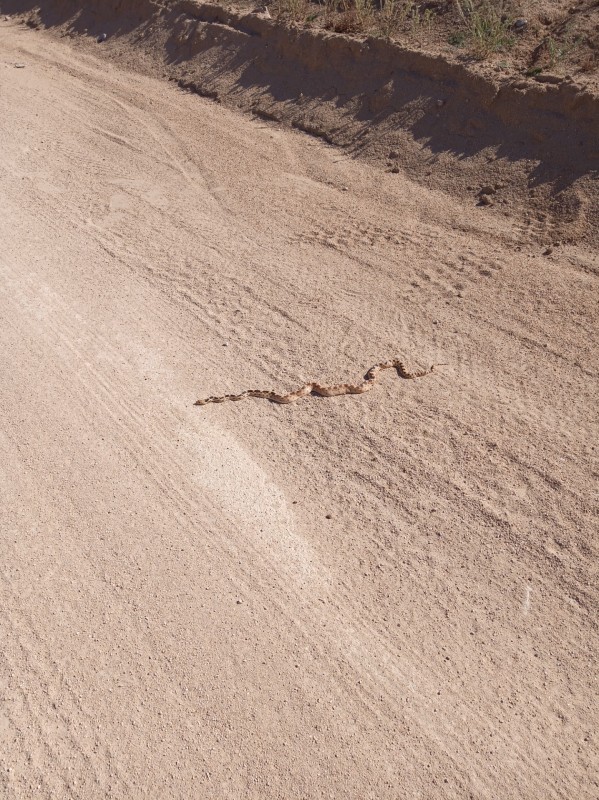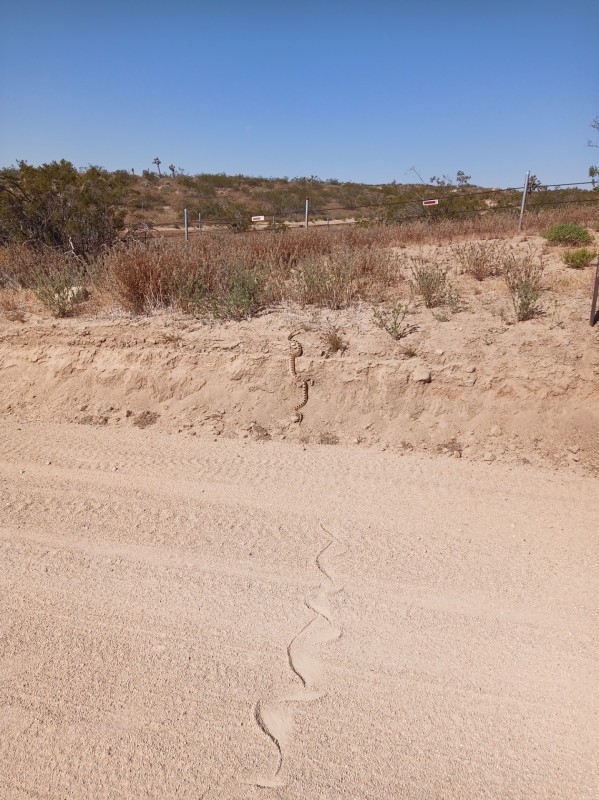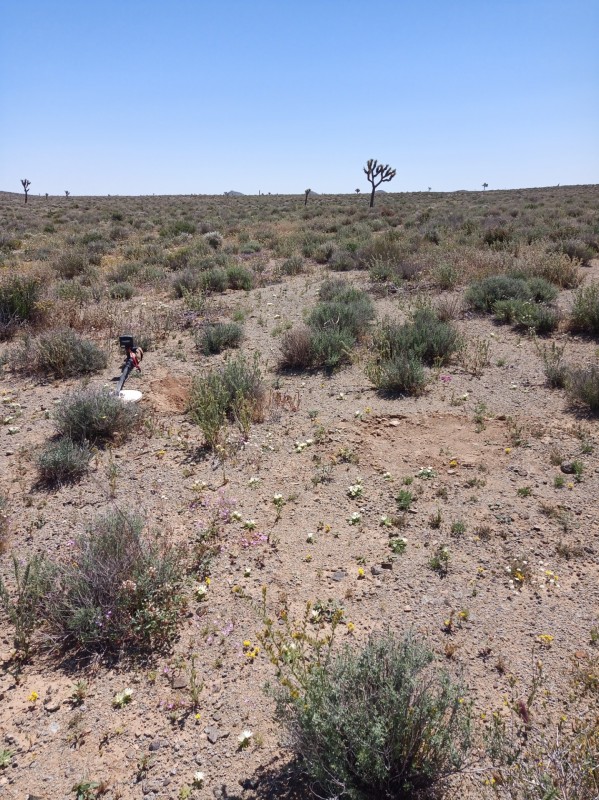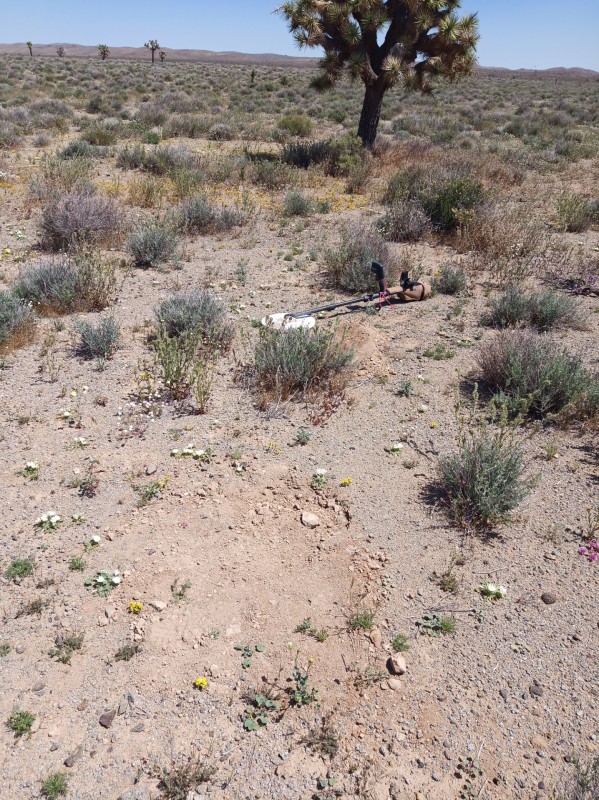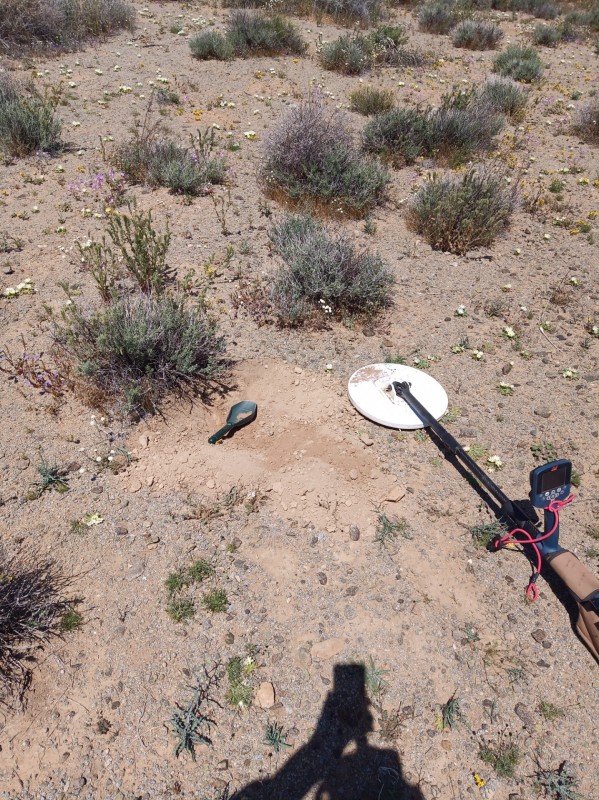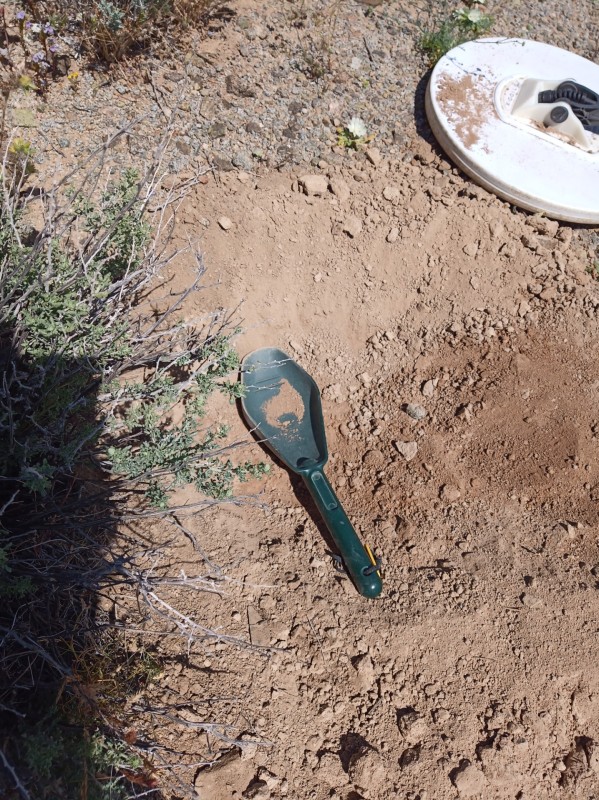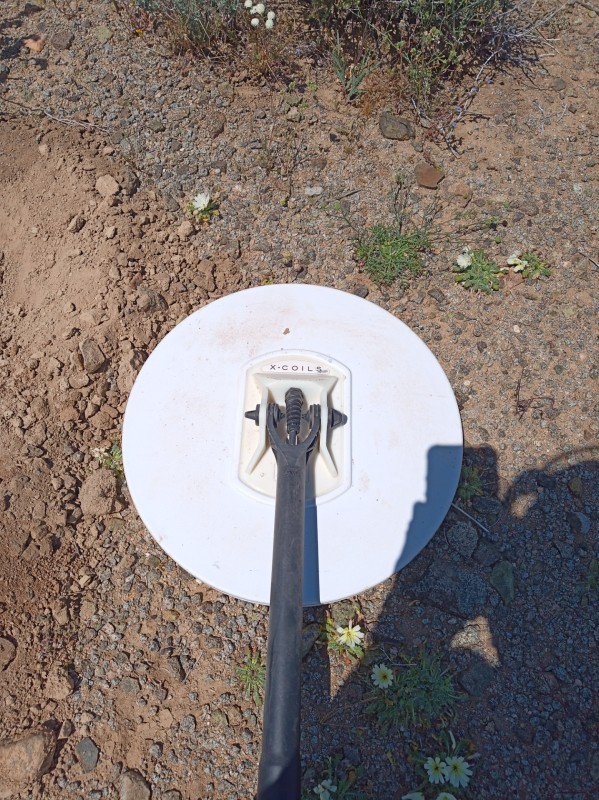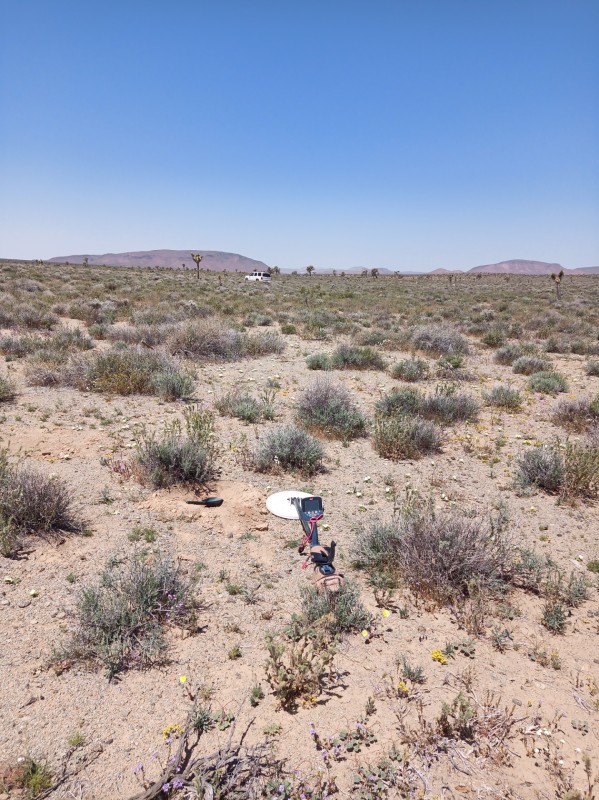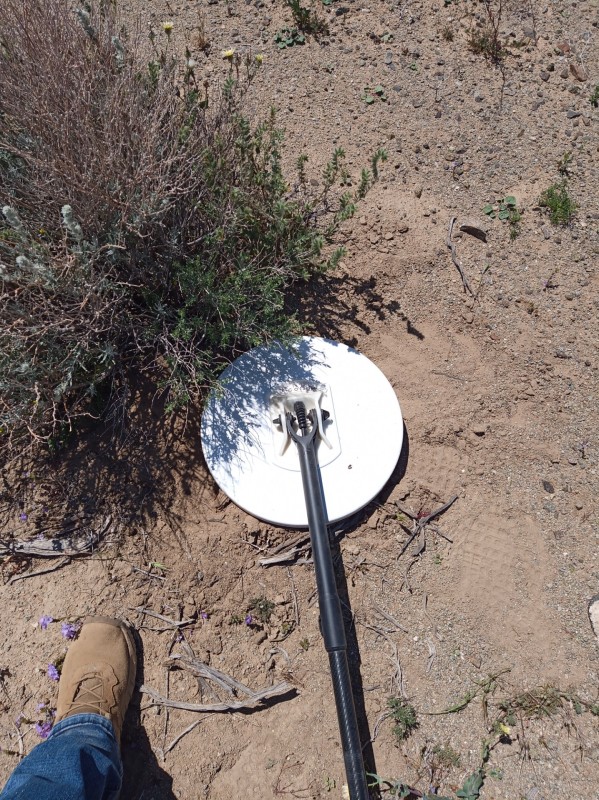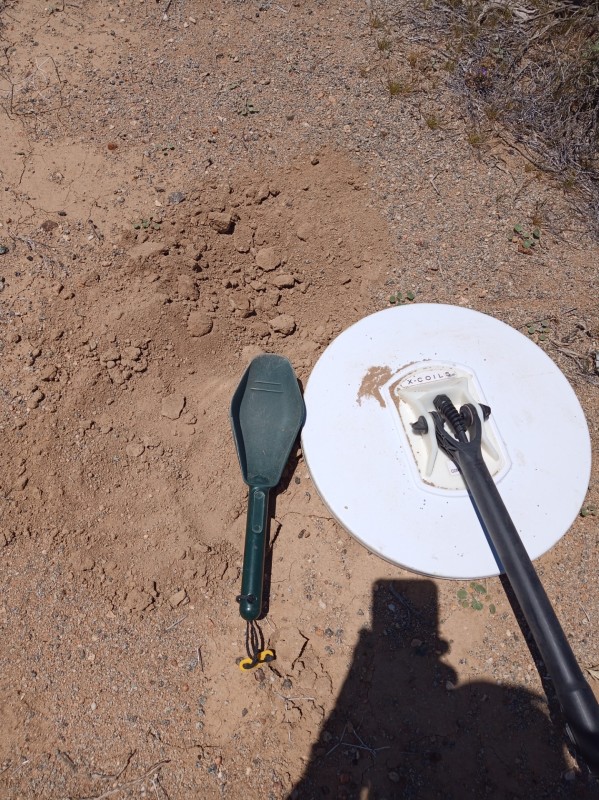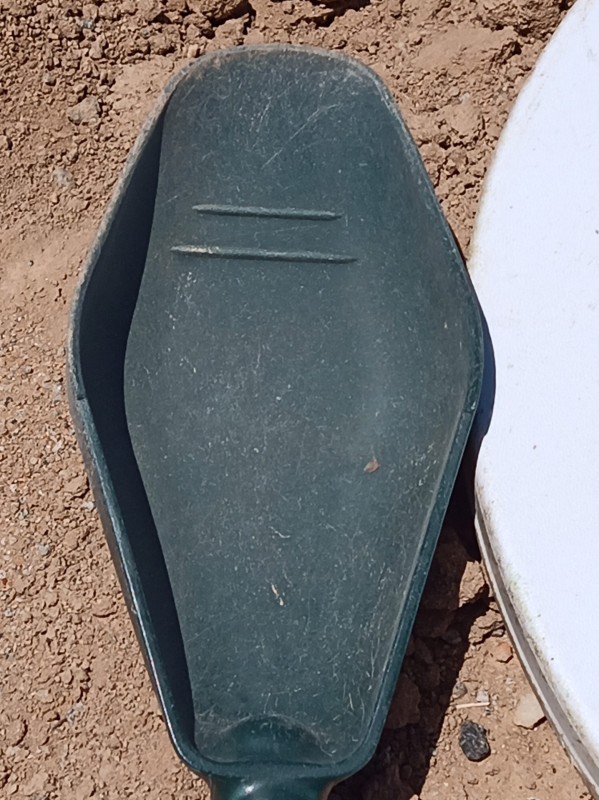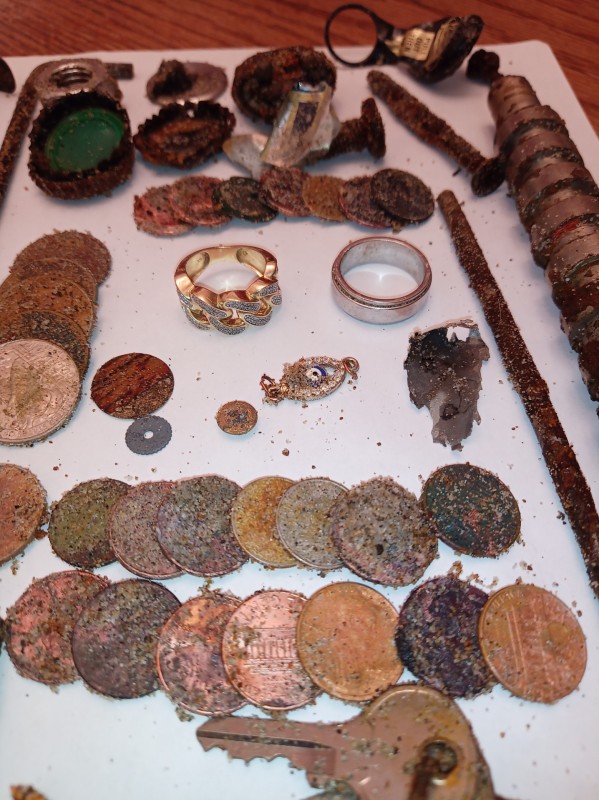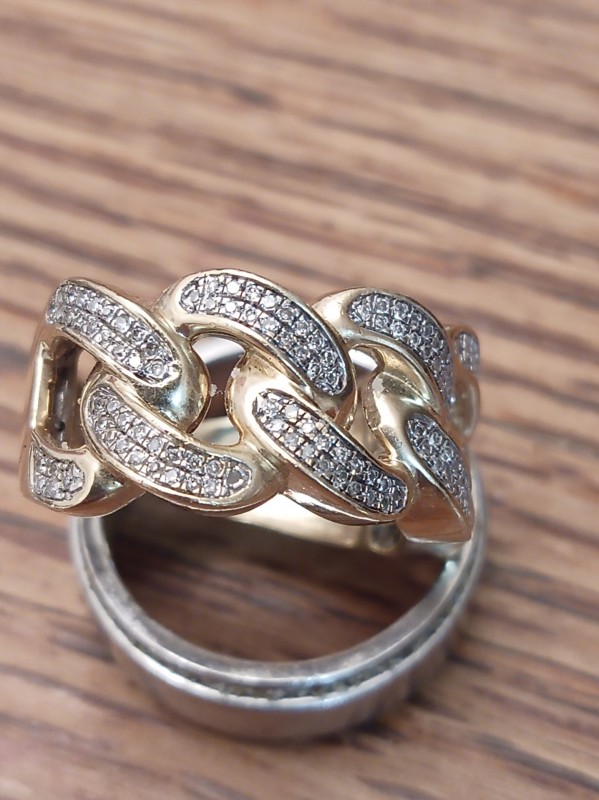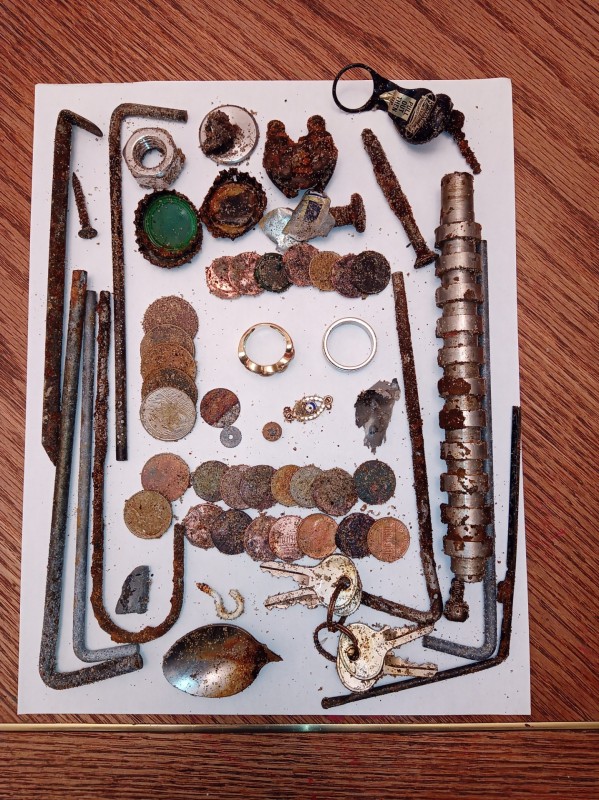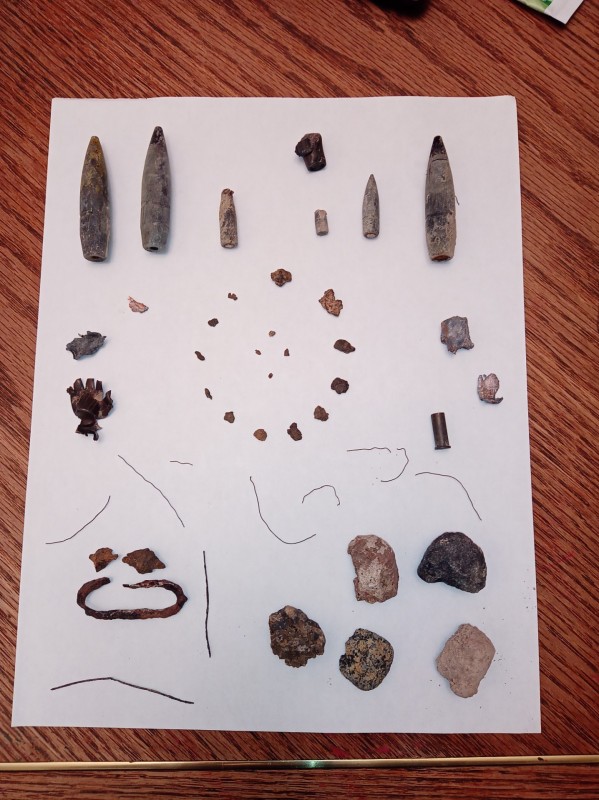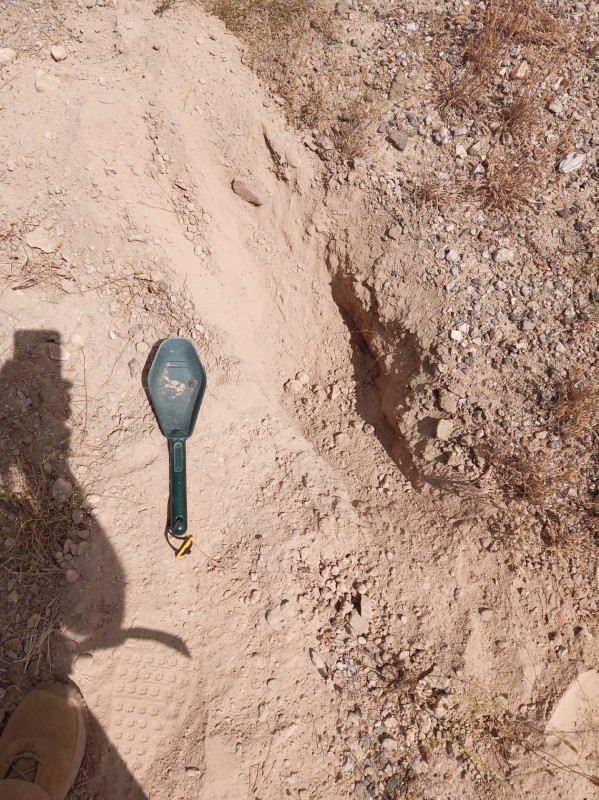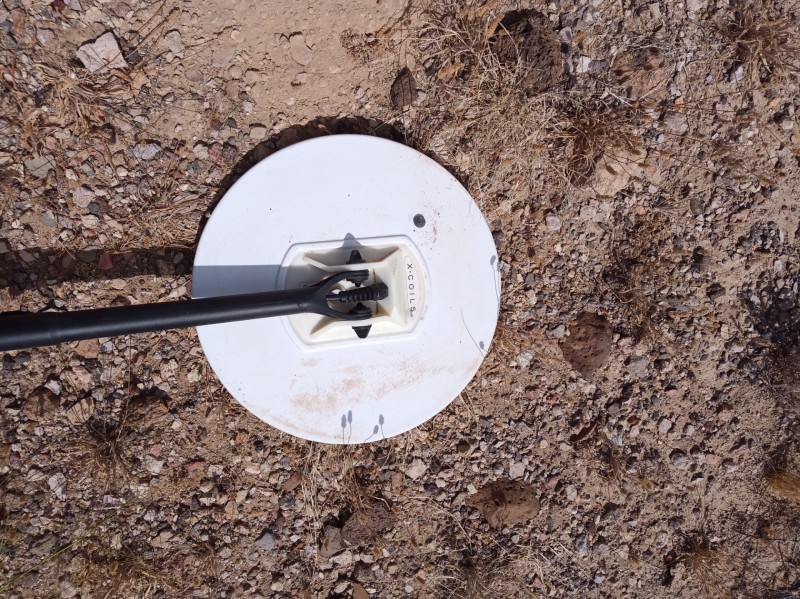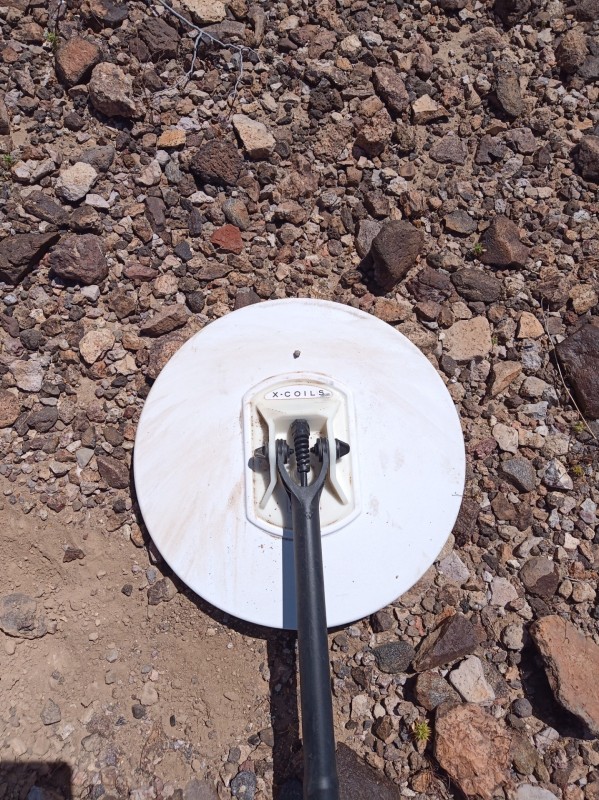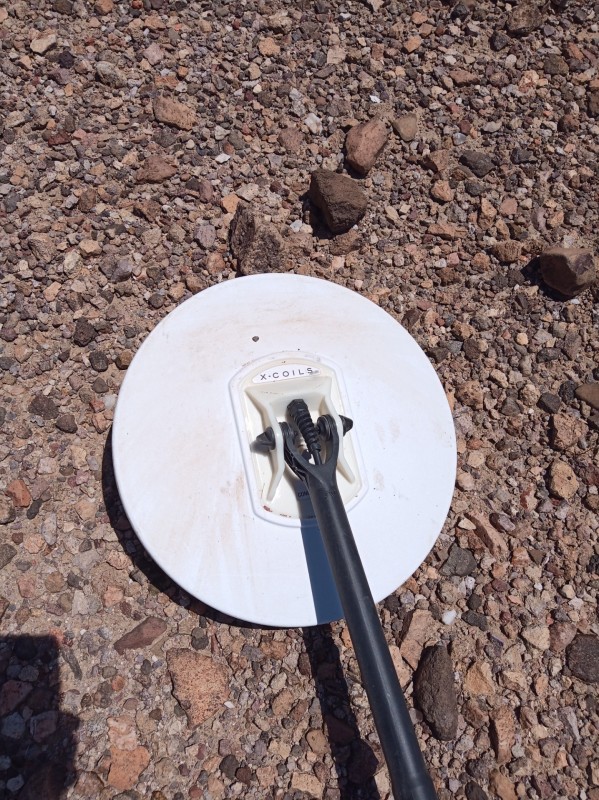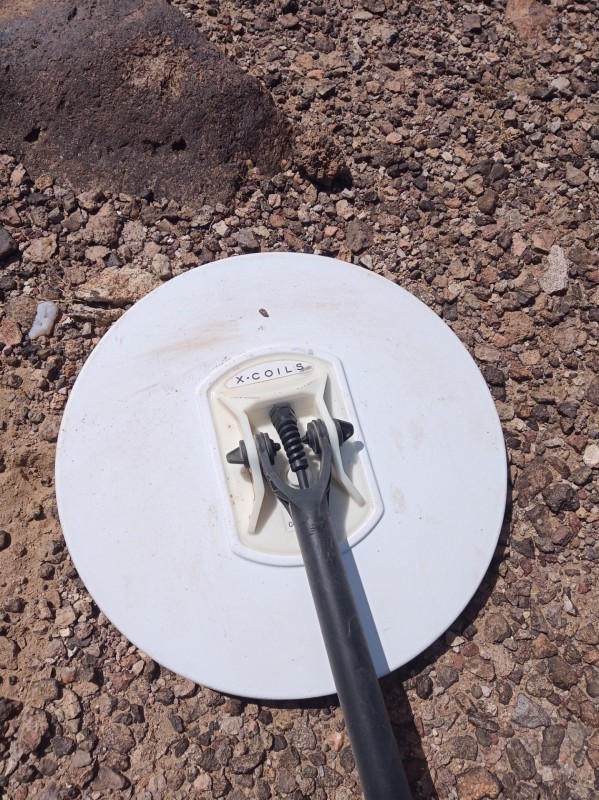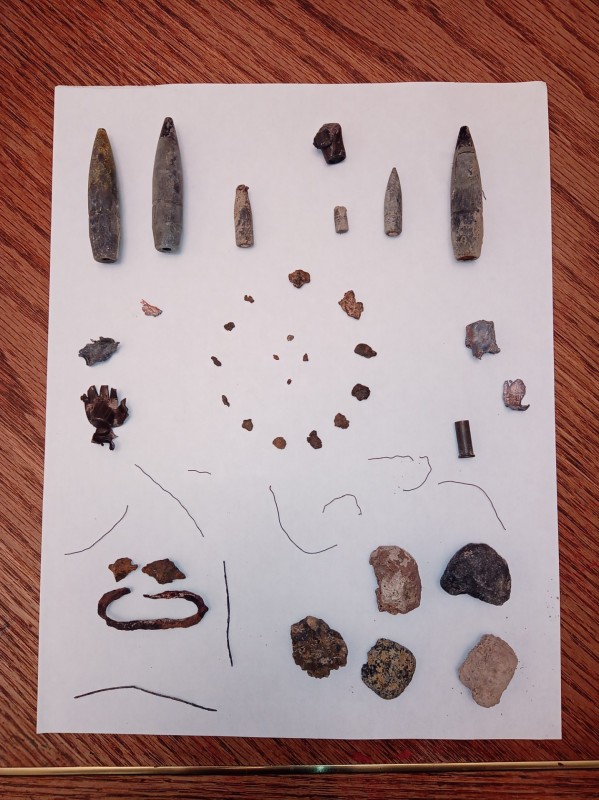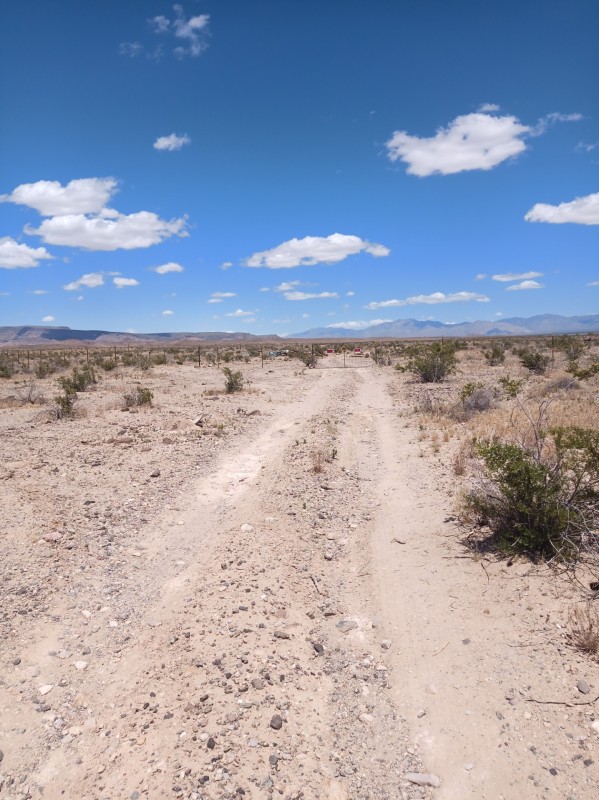-
Posts
5,385 -
Joined
-
Last visited
Content Type
Forums
Detector Prospector Home
Detector Database
Downloads
Everything posted by mn90403
-
Well ... each country has its own laws and by way of the courts when a meteor hits the ground here and becomes a meteorite then it becomes a mineral according to BLM. If you find it on 'open' land then you can keep it but you would be taking the claim holder's minerals if the land was claimed. This is a cause of not exactly locating a meteorite and saying it came from a nearby location. Many fresh falls are very valuable until the quantity found reduces the price.
-
Thanks Jim. It does help but not fully explain what many of us experience. I prefer the big nugget too which is more and more rare but I'm just surprised what a scoop of dirt can do to a target's responses.
-
I think we get close enough with the target in the scoop. We keep waving it around and changing the orientation of the flake or wire. Let's say the target is even a .5g piece. I've noticed a full scoop is not as loud as a target only. Of course size matters! To me it still seems like the other material in the scoop keeps the electronic response muffled in a way. The material in the scoop 'insulates' the target in an electronic/physical way. But as Simon has said and we have all observed we can find little bits with our coils in the ground that are very small and deep with much more material than we put in the scoop. The target brightens up in the pile as we dig, and we definitely know when we get it out of the hole. Is this as simple as scrubbers win and find more gold because you get closer to the target? We do rake some of these areas and find that this will allow for more finds so maybe the closeness and orientation is a bigger part than I want to give it credit for, but I still believe there is a scientific explanation that someone like Chase or Steve could detail for us.
-
I'm thinking it has more to do with 'mass' in the scoop than closeness to the bottom. Once I get the target in my scoop, after pinpointing, the first scoop that has a tiny or small target definitely can be heard of you would keep scooping. How much is that volume, mass or weight in the scoop? It seems very little that would affect the signals of the coil but even when the target is at the bottom of the scoop the sound to me is still compromised. If you happen to halve the contents of the scoop and you have to target in your hand and nothing in the scoop, as I wave it over different parts of the coil I mostly hear nothing. When the target half of material is added back to the scoop you can hear a louder signal and this volume continues to increase until you only have the target. One exception to this observation seems to be pellets. Pellets are pretty loud with a lot of material in the scoop or very little. I'm open for suggestions and I see that Wes has sent something as I type this.
-
Last week I went on several quite long gold detecting trips. I went to Rye Patch for a couple of days, The Dale, an unnamed spot and Coolgardie/Barstow. The truth of the matter was that I spent more time driving and being shown areas for future detecting than I did swinging. There was no gold found. While driving I did have time to think. One of the things I was thinking about was getting small nuggets and small trash in the scoop. I was using the 15" CC but I've noticed the same thing no matter what coil I use but here is the question: Why does the small little 'target' brighten up as you get down to just it? When I start scooping and waving the scoop over the coil at first it might be muddled or very lightly heard. Scoops aren't that big but yet it seems that just that bit of dirt and rocks really affects the hearing of the target in the scoop. If you remove half of the dirt in the scoop and you wave it again then there is a very noticeable difference as long as the target is still in the scoop. If you half the scoop contents again then you get a similar effect. I get the idea that there is less interference with less content in the scoop. But ... it is really only a little bit of dirt, why should it mask the little nugget or trash so much? When you get down to the .1 g nugget or trash it is really screaming. Why doesn't it do that with a little bit of dirt in the scoop? I want someone who knows to be technical if possible. What happens to the send and receive 'waves' or pulses that make this happen with pulse and vlf detectors? It shouldn't be a matter of 'power' and it is not one of 'distance' and it shouldn't be one of 'air.' Now, put the nugget back in the ground (or don't put it in the scoop) and there is a lot more 'dirt' to degrade the signal. The ground, the salt, the hotrocks ... etc. If I was more technical I'd use more technical language to describe what I'm talking about but I'm not. I don't use a scoop for my beach targets. These are my observation about gold nugget areas. I'm hoping an understanding of this will improve my in ground detecting. I know that I can't find nuggets that have already been removed. haha
-
I wasn't expecting it at the depth and location I was at, so you never know really.
-
As a meteor enters and slows it breaks up before it goes dark and then you can no longer see it. It is still coming in at that point, it is just cooled to a point where some remaining pieces generate enough heat to glow. I was lucky enough to witness a satellite coming back to earth. It was in the middle of the night and I could see several individual pieces burning. I should have been close enough to hear it but for some reason the sound didn't reach me. There were heavy pieces way out in front and other pieces, including some that tumbled and twisted following. I've seen some YouTube videos of returning satellites and they looked very much like the one I saw which was an Iridium satellite. I looked it up later and knew the exact number. A couple of days later one piece was found on a farm in Northern California. There will be some pieces of that meteor found in Australia. Keep your eyes peeled on the news.
-
This is impressive! See a meteor turn into meteorites. Meteor lights up Queensland sky, reports of sightings from Mackay to Cairns - ABC News
-

Share Favourite Photos From Your Gold And Relic Trips
mn90403 replied to Bootscrape's topic in Detector Prospector Forum
I just came back from a short 2 day trip there and found the same thing ... as far as gold is concerned! The 6000s have got it all! I did see some antelope. -
I took a quick, long trip to Rye Patch Sunday and came back Tuesday night. It was good to see the old place but I didn't get any gold. At the end of the day I was using the sun to shine a few crystals and they are a bit hard to find also. I wanted to see the snow covered eastern Sierras before the sun set so I left Rye Patch with some daylight. I was still looking for the shinny reflections. One caught my eye and I debated about stopping. I backed up a hundred feet or so and found the piece in the center of the picture reflecting the light. It looks like glass on the broken surface. Then I saw other pieces that had been broken by other tires and some not broken. They are opaque in natural form with their dull surface. If broken thin enough you can see through it and it gives a gray/blueish tint. It reminds me of Saffordites that I have found in Arizona. Those are smaller but also translucent and we collect those visually by looking for black holes in the desert floor. I guess it is obsidian. I don't think it is natural to the area where I found it and it was probably brought in with the rock to firm up the road bed and keep it from being too sandy. I can't really imagine this obsidian being used to make points and scrapers but I don't really know. It was the most interesting thing I found on my trip. Obsidian: Igneous Rock - Pictures, Uses, Properties (geology.com)
-
Ok, I lived in the Venice, Florida area many years ago. On Sunday mornings I would go out with a scoop and look for shark's teeth. I found some nice ones with the scoop that they sold there. Some of those scoops are used here in California to get sand crabs for bait. You can also use a detector scoop for that as well. There are some people in Florida that have added a twist to the shark sand scoop. It would be ideal for an area that had lots of jewelry. You scoop and then flip it over and it spreads out on a mesh so you can see what you found.
-
If you are 'in the area' it sounds like a good research trip! Preserving history: Grass Valley Old West Show features 120 dealers specializing in Western Americana | Entertainment | theunion.com
-
Mike, They just wanted a ride! How's fishing? Mitchel
-
Yesterday I went for a nugget hunt and before I could get to my spot I saw this snake in the road. It wasn't moving in the early morning chill so I got closer to see if it had been hit by a car. No, it was just sunning itself but I didn't want to leave it there so I got a stick. It needed to be moved and I would pick it up if I had to. This is a harmless gopher snake I think. It had no rattles and is not poisonous from my experience. It moved on its own. I didn't know if it could make it up the side of the road but as you can see no problem! All that was left were the tracks.
-
Simon said 'Go Back' and I did for perhaps the last time in a long while to this spot. I cranked it up to 20 and tested it in various combinations of auto, semi-auto, manual, ground smoothing, hy, general, salt, etc. I used the ferrite ring and not also. The first place I went was back to where I found the largest nugget on my first trip. I worked my way slowly there without finding anything. Then I took a circle around the spot where I found the nugget and I got a nice mellow 'dig me' signal. I went back and got my phone to take pictures. This was the area. If you notice there is the fresh hole that I dug near the detector and just to the right of it less than 10 feet away was the hole I dug for the other nugget. My phone had lost power and I couldn't take a picture then. Here is a different angle with the previous hole at the bottom. Now I'm on the new hole. Notice how I bungee and support my 7000 from the handle with a hip stick. I do the same with my 3030/17 on the beach. I don't understand why this isn't the support spot for all 'heavy' detectors! There is the nugget from this hole. A bit flat but I think it was sitting on edge. It looks bigger than its .25g weight. Looking back where I parked. It was not much of a distance. Later I found a piece of trash under a bush. I took this picture to show that you don't have to be directly over a target to hear it with a CC. I heard the bullet casing and dragged it from under the bush with my foot. Tiny, tiny screamer that was getting blown away by the wind. That was it as far as nuggets went. This was the picture of the snake I saw in the road on the way in. I'm going to post it separately to help us be aware of them.
-
Equinox yes. And it is possible to tell but it is easier to dig rather than miss something. The stakes by their shape want to give off a 'quarter sound' or high pitched 'dig me' so that is what you do to get the trash out of the way and see if they are masking something better.
-
I've been busy with some other detecting lately out in the deserts. I like those nuggets and meteorites. You can kind of target those and know what you'll get. When you go to the beach (just like a park) you can get coins, relics and jewelry. Today's best finds were a couple of rings. The first was a stainless steel ring found after a couple of hours of mostly nothing except those tent stakes. My beaches have been very stingy the last few weeks so I was glad to get it. I slowed down with the 11/800 and began to find 'patch' stuff. I like patches. I grid them and just enjoy having a few targets together rather than long walks always. My clues were that I was out on a pretty low tide and things were seemingly deep for the 11. I'm normally a 15 user but the 11 was on and I didn't expect much and was back to where I started when I got the stainless steel ring. It says 316L and weighs 6.7g. I continued on just above the black sand line and found other coins and stakes and then I heard a faint 'penny' or it could have been. I made it down a full scoop (6") and it was still in the bottom of the hole. A couple of more scoops, around 10" I got it out. It was a nice shine for the early morning. This is a 10K with lots of little diamonds. It weighs 7.8 grams. My first gold ring in quite a while and first one with the 11" in even longer. I'm ready to take the 3030 out this week with the 17" and see if I can renew a liking for it and look at some of my old find points.
-

A Day With The GPX 6000 Nf 12 X 7
mn90403 replied to Gold Catcher's topic in Detector Prospector Forum
I've worn it out ... you have to replace some things once every 20 years or so, right? haha -

A Day With The GPX 6000 Nf 12 X 7
mn90403 replied to Gold Catcher's topic in Detector Prospector Forum
GC, Good report. I love those long vistas as well. There is nothing quite like it when the moon comes up full and the sun sets about the same time. Finding is a bonus as they say but rewarding in a different way. I've got a few thousand in repairs to the 4Runner to consider before I'm able to 4x4 again. I can stay on the big roads and walk the 15 to some pounded places. Mitchel -

A Day With The GPX 6000 Nf 12 X 7
mn90403 replied to Gold Catcher's topic in Detector Prospector Forum
GC, Good report. I love those long vistas as well. There is nothing quite like it when the moon comes up full and the sun sets about the same time. Finding is a bonus as they say but rewarding in a different way. I've got a few thousand in repairs to the 4Runner to consider before I'm able to 4x4 again. I can stay on the big roads and walk the 15 to some pounded places. Mitchel -
It is really a combination of things that go along with the 'slightly' magnetic properties. One would be density. These are not very heavy targets. There is also no 'fusion crust' to indicate they have passed through the atmosphere similar with all the other meteorites you can find in that area. They also have a bit of crystallization/mica structures in a couple of them which is not something known for the area. There are no chondrules in them which is major. A window doesn't show these features but I didn't have to window all of these to know. I've done that before.
-
Oh, I need to add that my iron finds were from .9g down to unmeasurable on my scale. I got screamers that are near the surface that were .10 and .06g so it will find small.
-
I took a short trip to Franconia on Wednesday and Thursday. When I first got my 7000 I had gone there and had fun. I even got Minelab find of the month! The coil handled the hot rocks well. I would say better than the spiral. I left it in the settings I had used for gold with the sensitivity around 10. I was kind of looking for the bigger targets but the first day I didn't get them for the longest time. I finally ended up with a .9g iron and a smaller one nearby. My first target was actually the most impressive. It was down about 6 inches and it turned out to be a button. I didn't put it in my other picture as it got spilled from my other finds. But I thought my settings were good and I guess if big objects were around they were. The next day I went to the iron field and had to walk in a different way but I was not finding many there. I thought things had really been hunted out in the last 3 years or so. I was finding but things were too iffy until I got them in the scoop. Pinpointing was hard it seemed. It was time to change my settings. It was then I discovered that I had been detecting in General rather than High Yield. Bad on me. I had not run through that setting. I had been upping the sensitivity and put on low smoothing. That was some better but then the last couple hours in the day I went to HY, Normal, 17 and High Smoothing and they started to pop! Some of them are very small but I could still make them scream with these settings and it was more fun than a struggle for my ears. The tiny wires are always a problem there and the big 50 cal and other bullets let me know if I was over a chondrite, it wouldn't be bashful. I finally had some settings to find irons easily. I remembered that Condor told me he cranked his sensitivity all the way up on his 17" CC. I was trying to find these targets with conservative settings but no more. When I go back to my gold area I'm going to up the settings. What say you Simon?
-
I went and I'm back. I spent one night there and swung the detector for about 14 hours in the two days. The weather was darn near perfect. I was not in the best of shape but it was good to have the 70s & 80s temps rather than the 90+ which is normal. I found irons (16) that ranged from .9g down to unmeasurable. They are in the circle at the center. I didn't find any chondrites. There are 5 meteor wrongs there that 'look like a meteor' but they are lacking in one way or another. Mostly in their magnetic properties but I was able to hear them with the detector. One area that I had parked my car on the north side of the tracks is now unavailable. Someone has placed a fence and gate across the road and it makes the walk in about 2 miles farther. I was able to detect the first day in the area on Dave's map.

